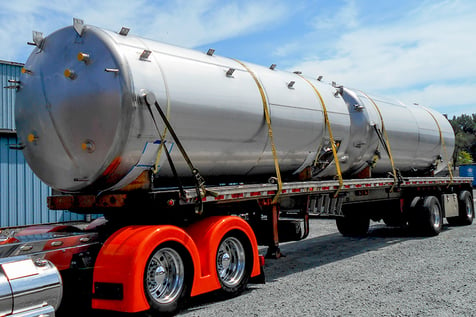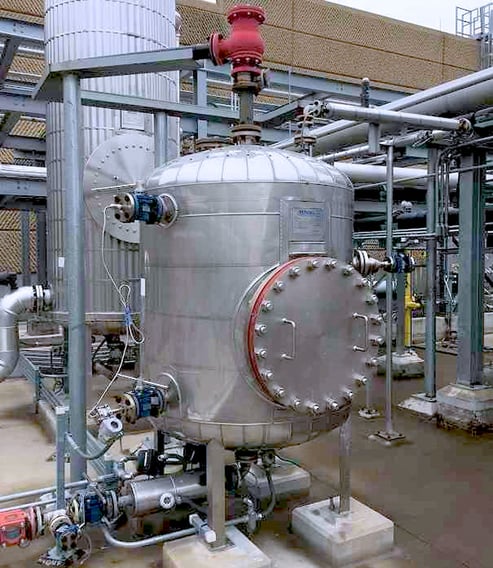
HOW PRESSURE VESSELS WORK
We received so much great feedback from our article on 'The Science Behind Heat Exchangers' posted to our blog recently, that we decided to discuss the “science behind pressure vessels” this week!In simple terms, a pressure vessel is a sealed container that is intended to hold liquids or gases at a pressure level that is different from pressure outside the vessel.
Contemporary boiler pressure vessels are typically composed of steel, with sections that are welded together. Older boiler vessels were composed of wrought iron, copper or cast iron, and were held together by rivets.
All Bendel Pressure Vessels are designed and fabricated in strict accordance with ASME (Section VIII, Division I). ASME vessels are typically fabricated from Carbon Steel, Stainless Steel, or Nickel Alloy materials.

Boiler pressure vessels, if punctured or flawed, can cause serious and even fatal accidents. This is a result of the difference in the pressure levels between the substance inside the container and the substance outside the container. If breached, the danger lies in the reaction, as the substance inside the container regulates to the same pressure as the atmosphere outside the vessel.
If the substance inside is compressed, and stored at a higher pressure than the air outside, the substance will rush outwards if the vessel is punctured, creating an explosion. If the substance inside is at a lower pressure, it will create a suction effect if punctured. Pressurized containers can also create explosions if exposed to excessive heat, or other adverse conditions.
As a result of these hazards, extensive laws govern pressure vessels. The laws that regulate pressure vessels are carefully enforced by engineering authorities for the safety of operators, as well as the general public. These laws regulate the design and manufacture, as well as the operation of, pressure vessels.
Boiler pressure vessels are used to produce power by creating and utilizing the energy provided by the creation of pressurized steam. In order to create this reaction, a source of heat is applied to the boiler. The boiler is kept partially filled with water. As the water evaporates and becomes steam, pressure within the boiler vessel rises. The highly heated and pressurized steam provides energy for a number of applications, including early locomotive trains and steam ships.
Contact Us:
Learn more about our pressure vessel fabrication services here, or submit an inquiry via our website Contact Us page here. One of our engineers/estimators will contact you promptly!
You can also call us with questions at: (+1) 866.596.5112
